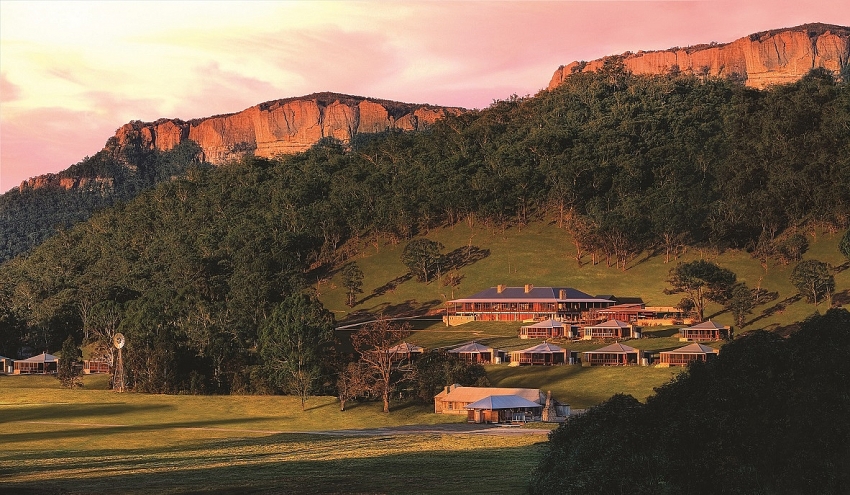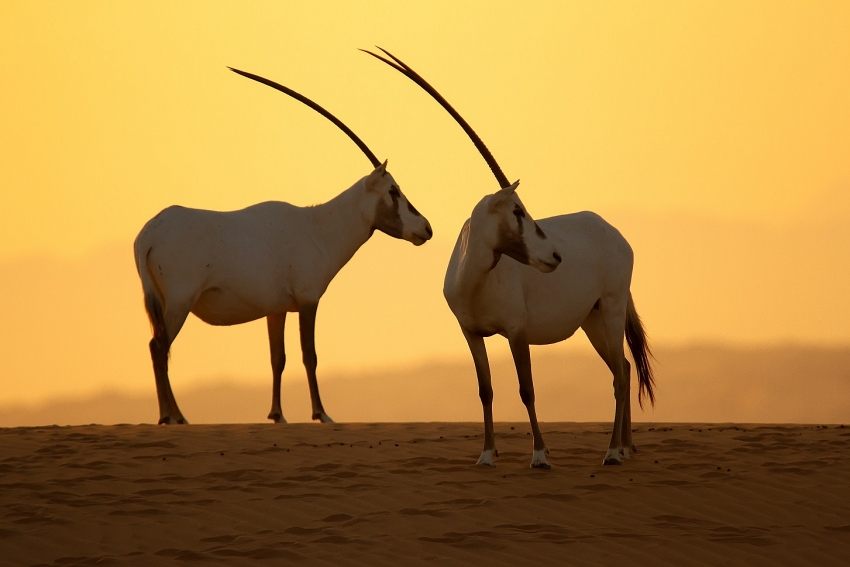Emirates reaffirms green commitment on World Environment Day
 |
| Emirates has helped protect flora and fauna for over 10 years at Emirates Wolgan Valley |
The airline showcased this environmental performance in its annual financial report for 2019-2020, painting a holistic picture and filling in the context of its achievements.
An important cause to Emirates is keeping wildlife in the wild. The airline is committed to tackling the illegal trade in the sale of wild animals either as pets or for their hides, tusks, or other body parts for use in food, medicine, exotic leathers, jewellery, and ornaments – all worth around $20 billion every year.
Emirates is active across industry and international efforts and is part of United for Wildlife, ROUTES (Reducing Opportunities for Unlawful Transport of Endangered Species) programme, and the World Travel and Tourism Council (WTTC).
Emirates has zero tolerance for carrying banned species, hunting trophies, or any products associated with illegal wildlife activities. The airline’s ground-handling team was trained in IATA’s Live Animal Regulations and its internal policies, and more than 2,500 airport services employees were trained last year to recognise and report suspicious cargo.
Employees have access to a dedicated reporting channel to stop illegal trade. Customer awareness was heightened through interviews, wildlife programmes, and films on ICE, its inflight entertainment system, and the inflight magazine.
 |
| Emirates’ efforts in the areas of wildlife conservation are significant |
Emirates’ efforts in the areas of wildlife conservation are well known. The airline has been helping protect Australia’s extraordinary flora and fauna for over 10 years at Emirates Wolgan Valley, the conservation-based resort in New South Wales.
The resort worked closely with the local community to evacuate on-site animals as bushfires swept across the country last year. Involving guests who were keen to volunteer, the resort created a one million-plus seed bank, representing 25 local native species that will play a vital role in repopulating damaged areas.
| Reducing carbon emissions is central to Emirates’ environmental sustainability strategy, underpinned by its young, technologically advanced fleet with an average age of just 6.8 years. |
The airline’s 20-year partnership with the Dubai Desert Conservation Reserve (DDCR) continued to build on its successful programmes to track, maintain, and reintroduce native wildlife species, such as the Arabian oryx, Arabian gazelle, and sand gazelle. In January, the reserve released 250 MacQueen’s bustards into its natural habitat – a remarkable achievement by any standard.
Reducing carbon emissions is central to Emirates’ environmental sustainability strategy, underpinned by its young, technologically advanced fleet with an average age of just 6.8 years.
The airline’s comprehensive fuel efficiency programme, which analyses and implements ways to reduce unnecessary fuel burn and emissions wherever operationally feasible, delivered a 1.9 per cent improvement in passenger fuel efficiency for the full year.
The airline’s efforts to optimise flight plans and fuel uplift, while ensuring safety and operational integrity, alone saved an estimated 38,000 tonnes of fuel or around 120,000 tonnes of CO2 emissions. This was supported by data-driven methodologies and awareness programmes for pilots.
Emirates is committed to environmental stewardship and uses the power of collaboration, consensus, and change right along its ecosystem – from framing internal policies to empowering employees and mandating standards with partners and vendors.
Last year, the Emirates Group’s leadership team approved an updated Environmental Framework, and throughout the year, the airline took positive action, both big and small, to make impressive progress.
What the stars mean:
★ Poor ★ ★ Promising ★★★ Good ★★★★ Very good ★★★★★ Exceptional
Related Contents
Latest News
More News
- Heavy industries set for pilot greenhouse gas quotas (December 25, 2025 | 10:00)
- Swedfund invests in MSME growth and climate action in Vietnam (December 19, 2025 | 11:42)
- GreenYellow brings solar energy to light up remote schools in Tuyen Quang province (December 19, 2025 | 08:00)
- Charge+, Grab partner to develop EV charging network in Vietnam (December 18, 2025 | 17:11)
- Linking sci-tech and innovation to Vietnam’s net-zero future (December 18, 2025 | 14:31)
- Driving double-digit growth through green and circular transformation in Vietnam (December 17, 2025 | 09:00)
- Standard Chartered and ACCA deepen collaboration to develop Vietnam’s talent for a sustainable future (December 15, 2025 | 18:18)
- Schaeffler reports strong early output from Dong Nai solar project (December 12, 2025 | 15:16)
- Forestry conference highlights biodiversity and sustainability goals (December 09, 2025 | 13:35)
- Home Credit honoured among top 10 sustainable companies in trade and services (December 09, 2025 | 12:18)

 Tag:
Tag:



























 Mobile Version
Mobile Version